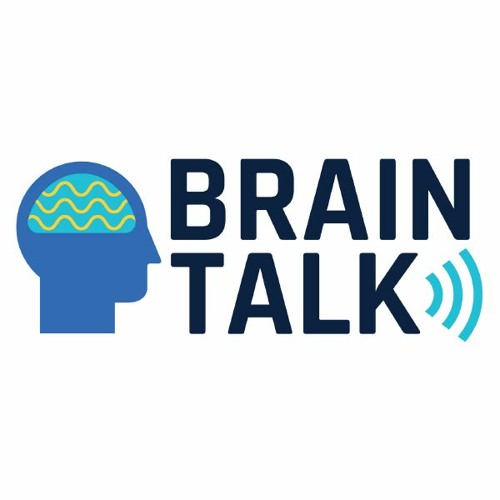
As such it needs to be fully operational at all times. Instead of looking for heart beats, the EEG Monitor is looking for differences in electrical potential. I’m just looking at it from a different viewpoint.Ī block schematic of the circuit modifications is shown in photo 3. The actual purpose of the RLD lead is explained in the AD8232 data sheet. We have effectively created a voltage divider using your body as one of the resistors. Mid-rail potential is obtained by injecting a tiny (10uA) current from the RLD (right leg drive) lead into your leg. The instrumentation amplifier, however, can’t operate unless the two input leads are around mid-rail potential.

When used as a heart monitor, both inputs to the AD8232 instrumentation amplifier are tied to the 3.3 volt supply rail via 10M resistors. This diagram was created by matching the component values in the Sparkfun “Heart Monitor” schematic to the AD8232 “Functional Block Diagram” The headband details are described in my instructable Ī simplified block diagram of the original heart monitor is shown in photo 3. When used as a heart monitor the ECG leads are connected as follows:Ī modified circuit board is shown in photo 2Īfter the modifications the leads become:
Eeg monitoring software#
Processing software is included for displaying all 32 EEG channels simultaneously on your PC screen.Īrduino EEG software covering each of the following frequency ranges is also presented : ĭue to its small size the TFT display can only show 4 out of the 32 possible channels at any one time. The TFT graphics shield is described in my instructable.
Eeg monitoring how to#
This instructables explains how to build an EEG waveform monitor using an Arduino UNO R3, a TFT graphics shield, and a modified AD8232 heart monitor.
Eeg monitoring professional#
Connecting to the JE-120 through the LAN converter, a secondary data stream can be controlled by a local or network research station and sent to a separate file storage location.įlexibility of use, superior data quality, patient-centric design, ease of installation, unparalleled research features, all backed by a professional response team – that is Nihon Kohden.An electroencephalogram (EEG) is a test used to evaluate electrical activity in the brain. Sampling rates from 200Hz to 10,000Hz along with superior engineering provide the highest quality signal processing on the market today. The newest addition to the Nihon Kohden family is the JE-120 256-channel amplifier. Our extensive library of amplifiers ranges from a 32-channel 10-20 amplifier to our newest dense array 64- to 256-channel options.


Durability, innovation and superior signal processing have defined our amplifier engineering for decades. Nihon Kohden amplifiers have long been regarded for delivering superior signal quality using the highest recording specifications available. The long legacy in Nihon Kohden EEG diagnostics and monitoring continues with the EEG-1200 which combines EEG, long term epilepsy, cEEG ICU monitoring and sleep testing for the most flexible and comprehensive recording system available today. Neurofax EEG-1200 Diagnostic and Monitoring Platform


 0 kommentar(er)
0 kommentar(er)
